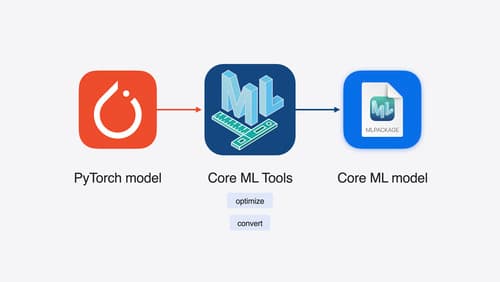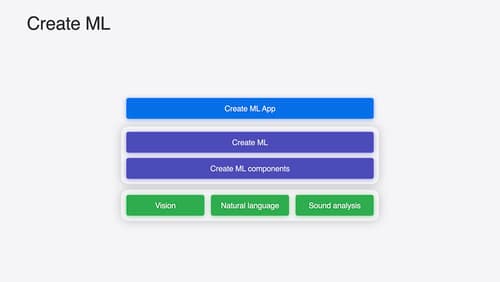How do I use machine learning on iPad?
Asked on 2025-02-17
1 search
To use machine learning on an iPad, you can leverage Apple's machine learning frameworks and tools, which are designed to run efficiently on Apple devices, including iPads. Here are some steps and tools you can use:
-
Core ML: This is the primary framework for running machine learning models on Apple devices. It allows you to integrate machine learning models into your app and optimizes them for hardware-accelerated execution across the CPU, GPU, and neural engine. You can convert models from other formats using Core ML tools and optimize them for performance.
-
Create ML: This tool allows you to train and customize machine learning models using your own data. It provides templates for various tasks, making it easy to train, evaluate, and iterate on models. Create ML is available on macOS, but the models you create can be deployed on iPadOS.
-
ML-powered APIs: Apple provides APIs that are powered by machine learning models, which you can use to add intelligent features to your app without needing to train your own models.
-
Optimizing Models: You can use Core ML tools to optimize your models for Apple hardware, employing techniques like quantization and efficient key-value caching for large language models.
-
Running Models on Device: Once your model is ready, you can integrate it into your app using Core ML, which will handle the execution of the model on the device.
For more detailed guidance, you can refer to the session Explore machine learning on Apple platforms, which covers running models on devices and other related topics.

Bring your machine learning and AI models to Apple silicon
Learn how to optimize your machine learning and AI models to leverage the power of Apple silicon. Review model conversion workflows to prepare your models for on-device deployment. Understand model compression techniques that are compatible with Apple silicon, and at what stages in your model deployment workflow you can apply them. We’ll also explore the tradeoffs between storage size, latency, power usage and accuracy.

Platforms State of the Union
Discover the newest advancements on Apple platforms.

What’s new in Create ML
Explore updates to Create ML, including interactive data source previews and a new template for building object tracking models for visionOS apps. We’ll also cover important framework improvements, including new time-series forecasting and classification APIs.
